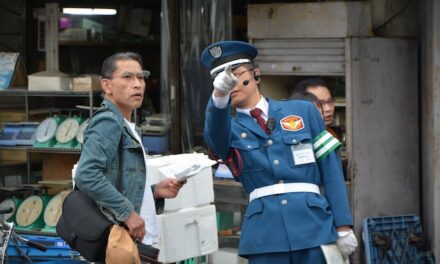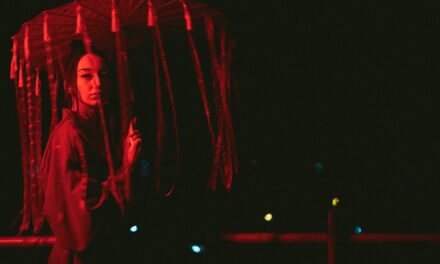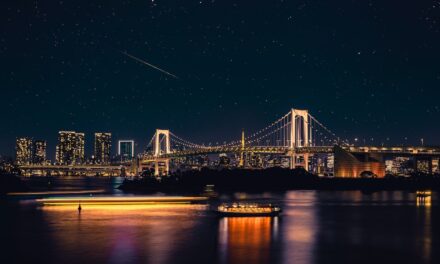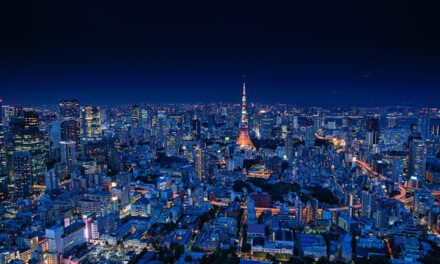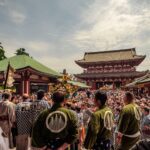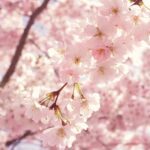Japanese Festivals- or Matsuri – are something to marvel at when you’re in Japan.
In fact, it’s a unique experience that most countries do not have, so it’s definitely something noteworthy if you’re new to Japanese culture and travel.
These festivals are organised throughout the year and it would be a great activity to add to your bucket list!
There are many different Japanese festivals – from small gatherings to festivals that are held nationwide.
Most of these festivals involve dance, music and cheering – getting everyone involved from the performers to the audience.
The jolly and lively atmosphere always brings smiles to tourists who are experiencing it for the first time, and even if you’re not partaking in the event, observing it is amusing enough.
We’ll explore the different types of Japanese Festivals, some festivals you can try visiting, and the food and costumes associated with these celebrations. Let’s go!

Table of Contents
Types of Japanese Festivals
There are three main types of Japanese Festivals: Shinto, Buddhist, and Seasonal.
Most Japanese festivals are derived from religious traditions and nature.
It’s a way to pay homage to the gods and nature and show their gratitude.
Shinto festivals are dedicated to the worship of the Shinto gods and are often held at Shinto shrines.
Some Shinto festivals like ‘Hanami(Flower viewing festival)‘ extend beyond the Shinto shrines.
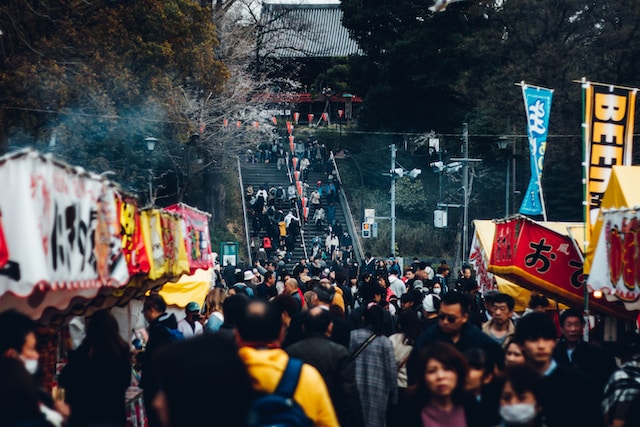
Buddhist festivals are usually held at Buddhist temples and you would often find people showing their respects to Buddha with religious rituals.
Some Buddhist festivals – like the Awa Odari – extend beyond Buddhist temples and the performers would dance across the town in a large parade-like manner.
Seasonal festivals are held to celebrate the changing seasons and the agricultural cycle.
A popular seasonal festival would be the Sapporo Snow Festival, where people all over Japan gather to witness the breathtaking ice sculptures of the participants.
Top Japanese Festivals to experience
Sakura Hanami
Cherry Blossom Festival – held from late March to early April – is one of the most popular festivals in Japan.
Visitors can enjoy the beautiful pink Sakura blossoms and participate in picnics and hanami parties under the trees.
It is by far one of the most popular festivals for foreign tourists, and this is one of the reasons why Japan is often visited during the periods of March to April.
Gion Matsuri
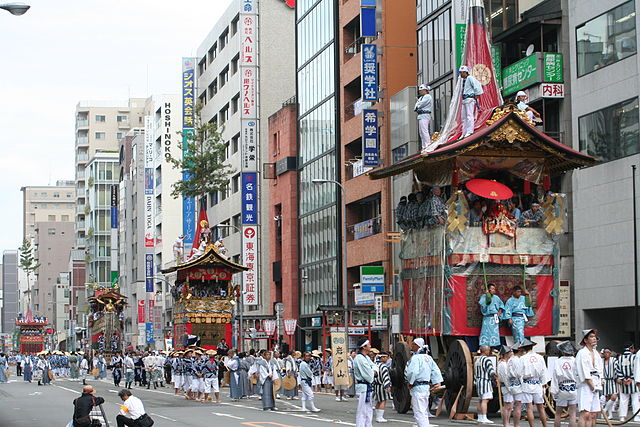
Gion Matsuri is a special festival specifically held in Kyoto in July every year.
There’s much to see in Gion Matsuri – from the flamboyant handcrafted floats(Yamaboko) to the graceful traditional Japanese performances.
Sapporo Snow Festival
Sapporo Snow Festival – Held in February in Hokkaido – features giant snow sculptures and attracts millions of visitors each year.
Stroll through the magnificence of the plethora of masterpieces hand-carved by artisans to celebrate the winter season.
Tanabata Festival
Tanabata Festival – Held in July or August – celebrates the meeting of the deities Orihime and Hikoboshi, who were separated by the Milky Way.
Akin to the Chinese legend of the Qixi Festival, the Tanabata festival shares the same love for the destined lovers and it’s a time when festival goers can make a wish for a better future and longevity.
The festival is celebrated with colourful decorations, street foods, parades and bamboo trees adorned with wishes.
Awa Odori Festival
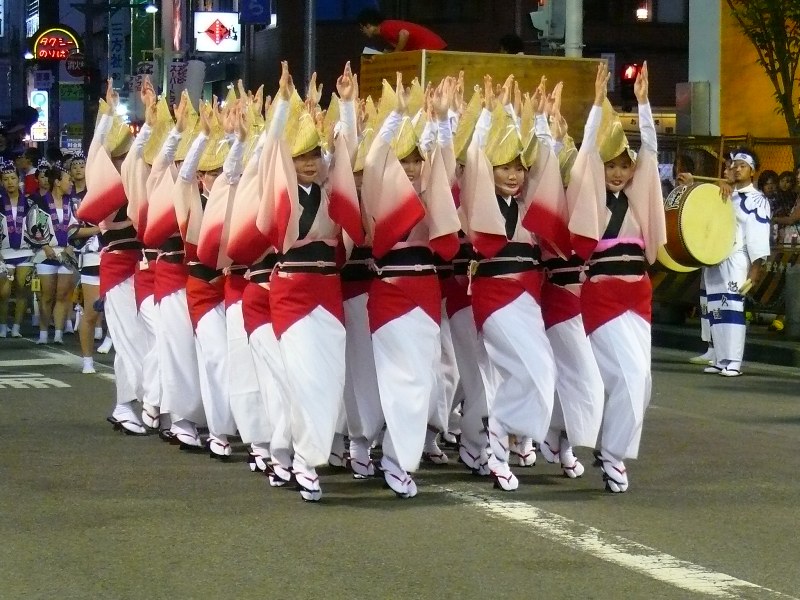
Awa Odori is one of my personal favourites.
It’s held in Tokushima every August and it’s a spectacle of a festival.
It is a glorious sight to behold when you see the streets crowded with audiences and witness a horde of rambunctious dancers parading through the street in a unique and traditional Tokushima dance.
Participants dance in the streets wearing unique outfits according to their roles in the performance.
Women would wear a yukata – a kind of summer version of the kimono with lighter fabric – with a unique bent straw hat.
Men would often wear a Happi – a loosely fitted coat with flamboyant designs on it – with a cloth wrapped from the head to the nose.
However, some women may join the men’s section of the dance and wear the same attire as the men.
Popular festival foods to try:

- Takoyaki: Flour-based battered balls with a small chopped octopus tentacle piece inside. It is then topped with mayonnaise and a sweet sauce and sprinkled with Bonito flakes.
- Yakisoba: Fried noodles made with a sweet sauce that is uniquely Japanese that includes slices of pork, cabbages and eggs
- Okonomiyaki: a savoury pancake made with cabbage, meat or seafood, and topped with sauce and mayonnaise.
- Taiyaki: A custard or sweet red bean pastry that is shaped like fish.
Japanese Festival Costumes
Japanese festival costumes are an important part of the celebration, representing tradition and culture.
You’ll often see Japanese wearing these costumes during festival performances or even when they’re just partaking in the festival.

Popular festival costumes:
Yukata: a lightweight cotton kimono worn in the summer.
Happi coats: a short coat with a colourful design, often worn by festival participants.
Jinbei: a two-piece outfit consisting of a short-sleeved top and shorts, worn in the summer.
Cultural Significance of Japanese Festivals
Japanese Festivals have deep cultural significance in the Japanese culture.
They serve as a way to build community, honour religious traditions, and celebrate historical events.
Festivals also provide an opportunity to experience the unique cultural traditions of Japan.
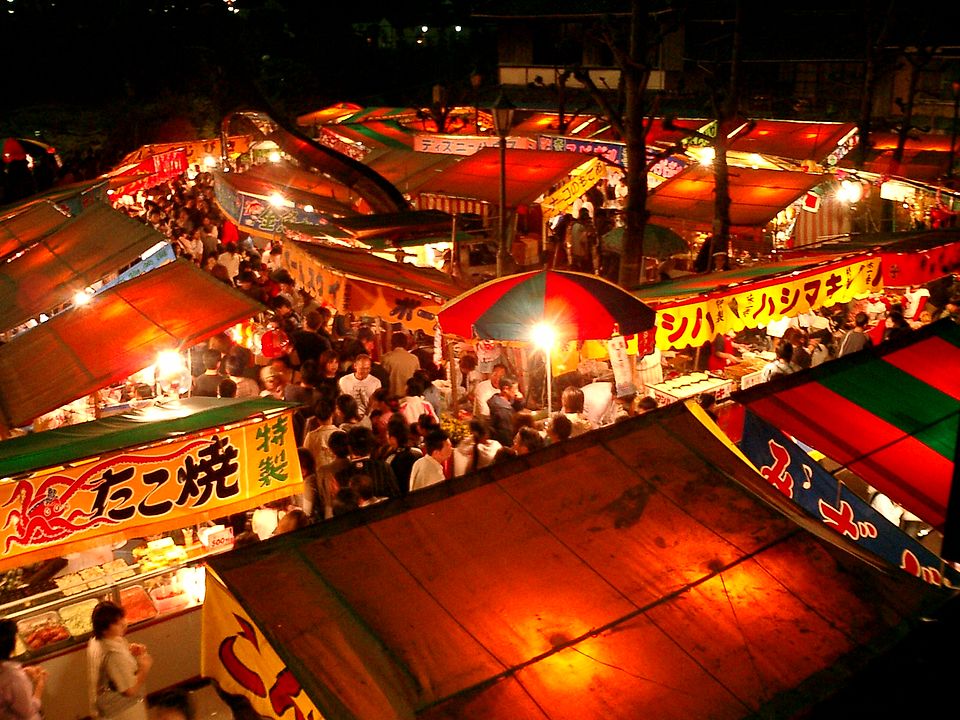
Conclusion
Japanese Festivals are a vibrant and exciting way to experience Japanese culture and traditions.
From the lively parades to the delicious food and colourful costumes, there is something for everyone to enjoy.
We encourage you to visit Japan and experience these festivals firsthand.
- Which festival are you planning to go to this year?
- Will you try to wear the festival costumes too?
Tell us in the comments section below, and share this article with your friends who love festivals!


